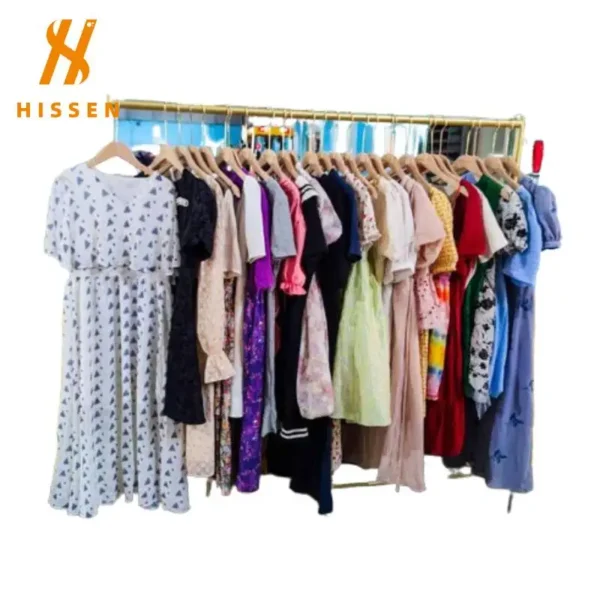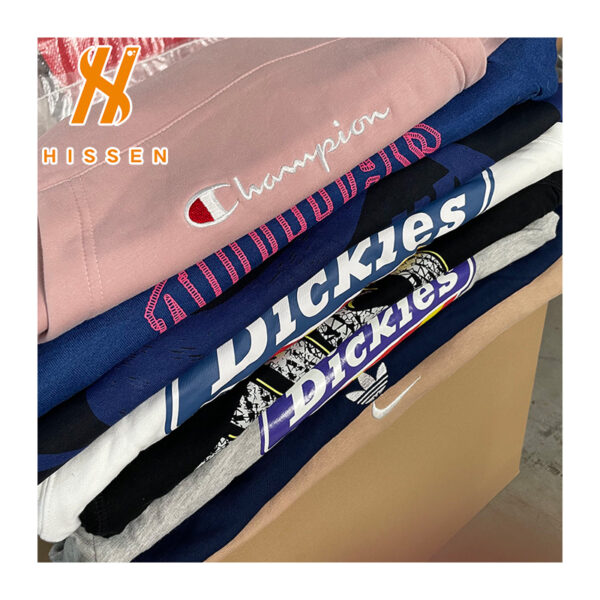I. Introduction
B2B Buyers in the Second-Hand Clothing Industry
The ukay-ukay market continues to expand across Southeast Asia and the Philippines, driven by the rising acceptance of second-hand fashion and the demand for sustainable apparel. For distributors, retailers, and bulk buyers, understanding where ukay-ukay clothes come from is essential for sourcing reliable products, ensuring stable supply, and maintaining long-term business growth.
This article explains the full sourcing journey—how used clothing is collected, sorted, graded, packed, and finally exported to ukay-ukay wholesalers and resellers.
II. Origin of Ukay-Ukay Clothes
Ukay-ukay clothes originate from developed regions where fashion cycles move quickly and consumers frequently upgrade wardrobes. Items are collected through donation systems, wardrobe cleanouts, charity programs, and seasonal retail clearance.
In these regions, large quantities of clothing remain in excellent condition. Instead of sending reusable apparel to landfills, the items enter the global reused-textile stream. From there, used clothing exporters sort and prepare them for wholesale buyers.
For bulk buyers or distributors, knowing the source matters. When sourcing from an experienced exporter with strict sorting standards, the chance of receiving high-grade apparel increases. This translates into better resale value and better return on investment.
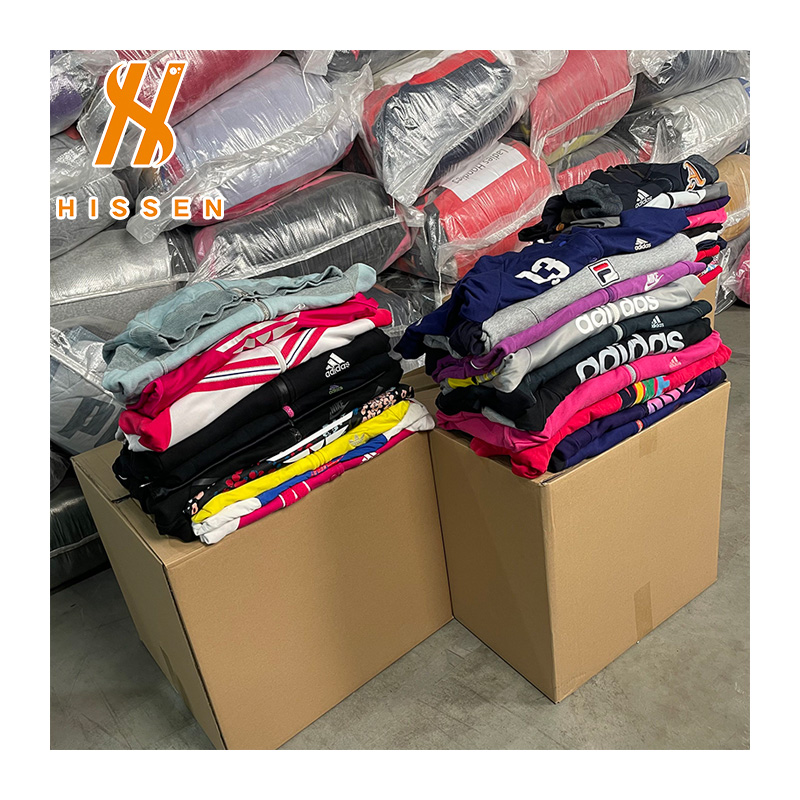
III. Collection and Sorting Process
After collection, textile recycling enterprises sort the clothes into categories based on:
- Style (casualwear, children’s wear, denim, jackets, etc.)
- Material and condition
- Fashion relevance for specific markets
Sorting is a labor-intensive process and requires experienced workers to visually check every item. Articles that pass the quality inspection move to the grading process.
Sorting quality directly affects reseller profitability. Professional exporters normally use multiple sorting and quality checks to ensure consistency.
To give buyers local sourcing options, some distributors emphasize proximity to end retailers. Ukay Ukay Supplier In Philippines offers local buyers shorter delivery lead time and easier logistics management.
IV. Grading and Categorization
After sorting is complete, used clothing suppliers divide products into different grades. The grading reflects visual condition, wear level, and fashion suitability.
A stable, professional exporter ensures consistent quality. This is crucial for resale businesses because inconsistent bale quality creates risk and cost.
If you want to understand how packaging affects distribution, check our related article. for more information, see our article What Are Ukay Bales and Why Are They Popular
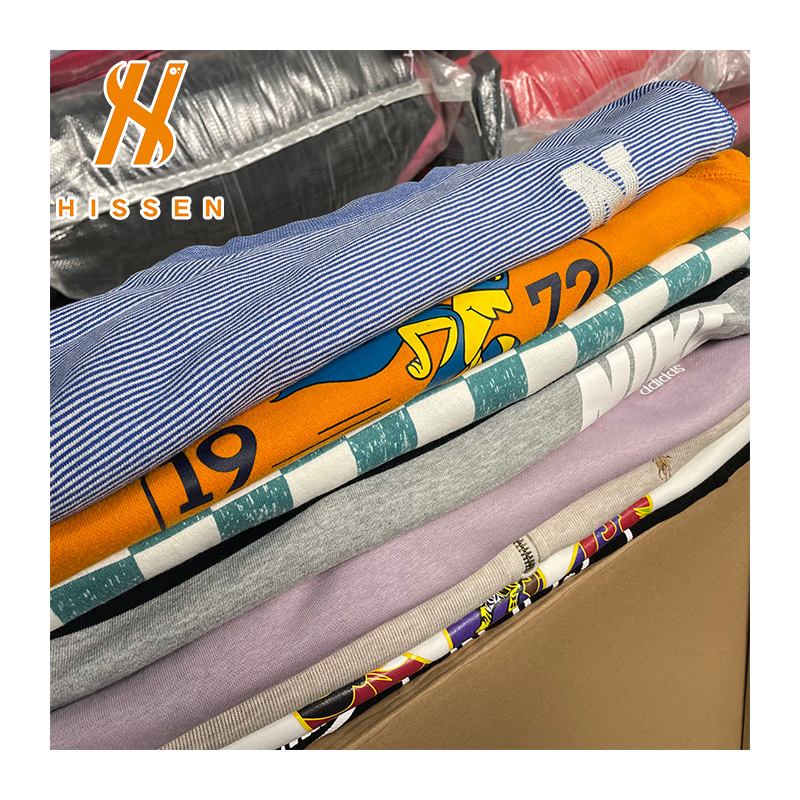
V. Baling and Packaging for Shipment
Once sorting and grading are completed, the ukay-ukay clothes are compressed into ukay bales and securely packaged for export. Baling plays a crucial role in second-hand clothing wholesale because it determines transportation efficiency, inventory planning, and the resale experience for distributors.
During this stage, used clothing suppliers typically:
- Compress clothing into compact bales for space-saving logistics
- Label the bales according to category or product mix
- Ensure each bale remains sealed to protect against moisture and contamination
For B2B buyers, clear labeling and proper baling help reduce product mixing, especially when purchasing multiple categories in bulk. Well-organized packaging also enables faster customs clearance, minimizes handling risk, and reduces operational costs once the shipment arrives.
Professionally packed ukay bales allow wholesalers to streamline downstream supply allocation—whether distributing to retail shops, ukay-ukay markets, or online thrift stores. A consistent baling method ensures predictable inventory turnover, which supports long-term profitability for distributors.
VI. Export and Distribution
After packing, ukay-ukay clothes enter the export phase. Efficiency during this stage depends on the supplier’s logistics experience and familiarity with international trade processes. A reliable second-hand clothing supplier typically assists with export documentation, shipping coordination, and communication with freight forwarders, which reduces delays and ensures timely delivery.
The shipment route generally follows these steps:
- Bales are loaded into containers according to weight distribution and category.
- Export documents are prepared, including packing lists and customs declarations.
- Containers are transported to the port for international shipping.
- Upon arrival, wholesalers or distributors handle customs clearance and inland delivery.
For B2B buyers, an experienced supplier simplifies this process. Smooth export handling enables continuous supply, helping distributors avoid inventory shortages. This efficiency is especially valuable for ukay-ukay wholesalers that work with multiple resellers or operate several retail points. Stable logistics equals stable profit—making supplier reliability a key factor in long-term business planning.
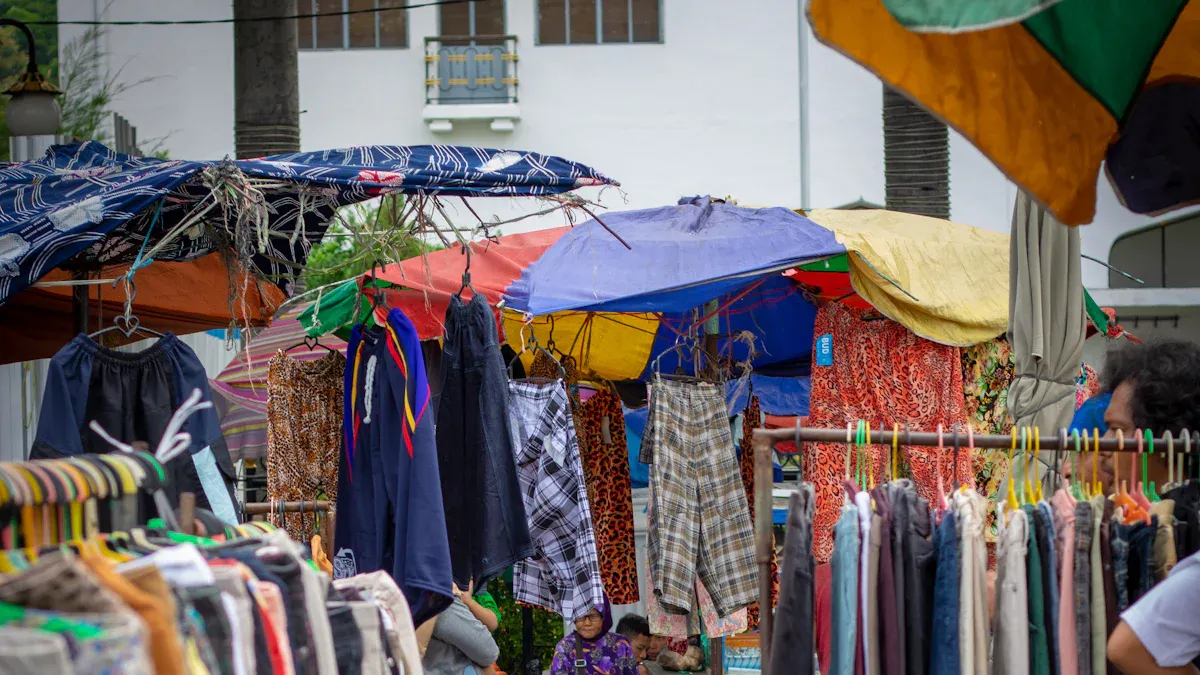
VII. Why Understanding the Supply Chain Matters to B2B Buyers
Understanding how ukay-ukay clothes move through the supply chain—from collection to sorting, baling, and export—gives B2B buyers the ability to make strategic sourcing decisions. Knowledge of the supply chain helps buyers evaluate supplier professionalism, avoid inconsistent bale quality, and build a sustainable business model.
When wholesalers understand the upstream process, they can:
- Negotiate more transparently with suppliers
- Assess whether suppliers offer stable and continuous stock
- Ensure bale quality matches market demand
- Reduce risks related to shipment delays or inconsistent grading
In a competitive second-hand clothing wholesale market, the real advantage does not come from securing the lowest cost—it comes from consistent quality and dependable supply. A transparent supply chain allows wholesalers to forecast demand, maintain inventory balance, and improve financial planning.
VIII. Conclusion: Stable Supply Comes From Reliable Exporters
Ukay-ukay clothes originate from global donation and recycling systems, then enter professional sorting and grading processes before being exported to wholesalers and retailers. The key to success in this industry is not just locating cheap used clothing, but partnering with an exporter capable of consistent quality and stable supply.
To develop a sustainable and profitable ukay-ukay business, prioritize working with a supplier that understands market dynamics, product requirements, and business logistics.
If you are seeking a dependable second-hand clothing supplier with strong export capability and stable volume, feel free to reach out to the sales team for consultation.

